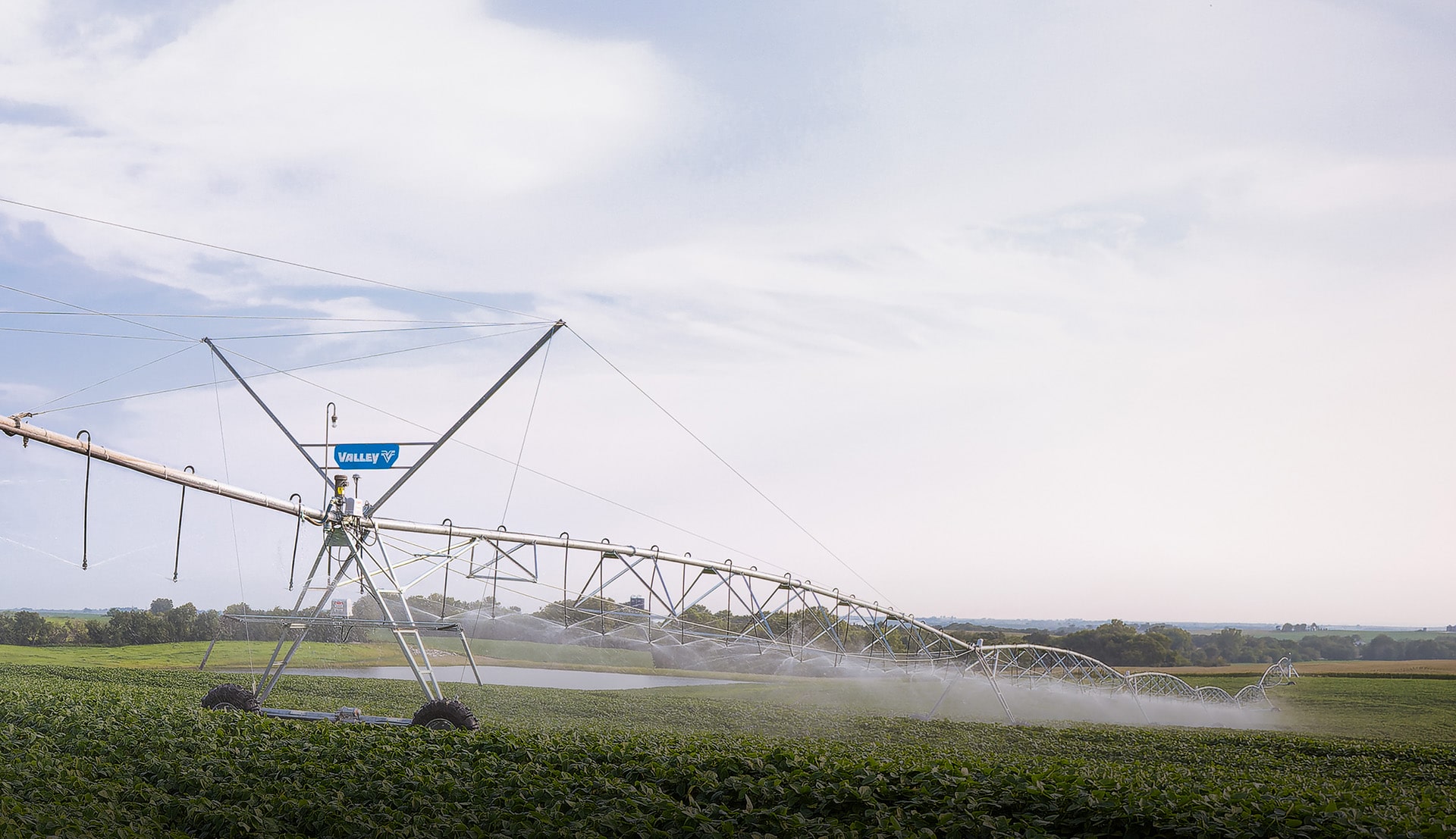by
User Not Found
| Mar 08, 2023
by Jake LaRue

Although you may have created a nutrient management plan last fall, this is the right time to review it again and make any necessary adjustments based on crop changes and fertilizer prices. This includes reviewing application methods to achieve the highest possible outcomes. While banding fertilizer may not be the first solution to cross your mind, there’s plenty of reason to consider it as part of your starter fertilizer plan. No doubt, this method can require additional work upfront, which also takes time away from other areas of your operation, but it has also proven effective in reducing costs and supporting higher yields.
Why banding fertilizer could benefit your operation
One of the strongest arguments for applying phosphate as starter is its ability to make nutrients available to the crop early in its development. Applying the nutrient during seeding places it in a concentrated band where it’s needed and when it’s needed most. According to Ken Ferrie of AgWeb, “Five gallons of 10-34-0 and zinc with the planter will outyield 200 pounds of broadcasted DAP. This means applying 20 pounds of phosphate as a starter fertilizer application has more horsepower than 92 pounds of phosphate applied using broadcast methods.” This early-season methodology feeds the plant—and soil biology—at one of the most critical timeframes.
DeKalb and Asgrow offer additional reasons to consider banding fertilizer this spring. First, placing small amounts of key nutrients in starter fertilizers may increase corn yield potential by meeting the early demands of seedlings until the plant nodal root system is fully developed. They recommend reviewing your most recent soil test and consider starter fertilizer applications if any of the following soil conditions exist:
- Cool temperatures
- Low phosphorus (P) levels
- Low organic matter content
- High pH
Before committing to banding fertilizer this spring
While adjusting your nutrient management plan to include banding fertilizer can supper higher yields, it’s important to weigh each of the pros against the following cons to 2-by-2 banding. Perhaps the most obvious is the additional investment needed to equip your planter for this application method. Choosing this method also leads to slower planting speed. More time in the field means greater risk of weather delays and time away from other areas of your operation.
These drawbacks, plus the availability of low-salt fertilizers, have led to an interest in furrow-placed fertilizers. Direct placement of starter fertilizer with the seed, also known as in-furrow or pop-up placement, is practical and economical for growers with a corn or corn-cotton system because growers typically already use in-furrow equipment for insecticide and fungicide applications. Like banding fertilizer, in-furrow places a concentrated band below the soil surface and in direct contact with the seed. In these applications a rate of 10-34-00 or lower is often used to avoid fertilizer injury to the seed.
Taking your nutrient management plan full circle
You may be asking yourself what banding fertilizer or in-furrow applications have to do with center pivots. On the surface they aren’t related. However, in looking at your complete nutrient management plan, banding has the potential to improve the crop and your center pivot further adds value to this application by delivering proper irrigation and placement of other nutrients—specifically nitrogen and sulfur—throughout the growing season. As a complete plan, the economics of your operation will be improved.
With planting season rapidly approaching, it may not be economical to invest in banding hardware for your planter. However, if your planter is set up for banding, this could be the right time to weave it into your 2023 nutrient management plan.
Jake LaRue
Irrigation Consultant